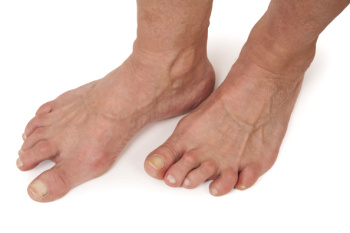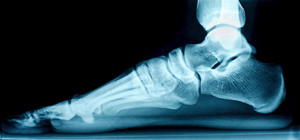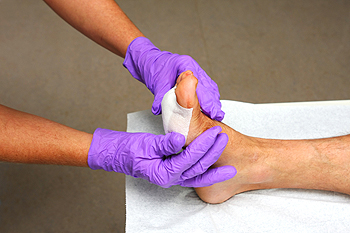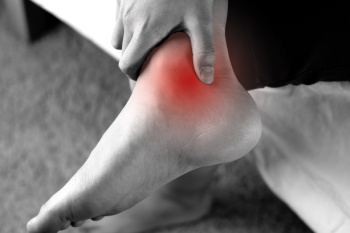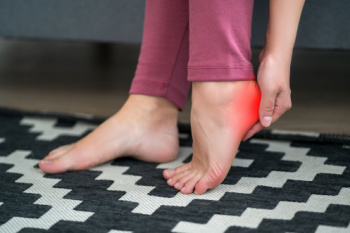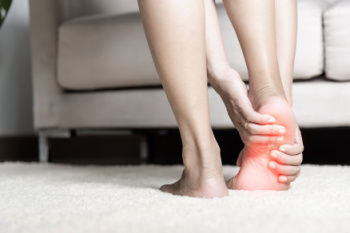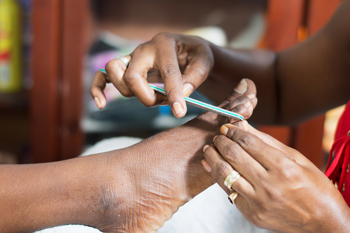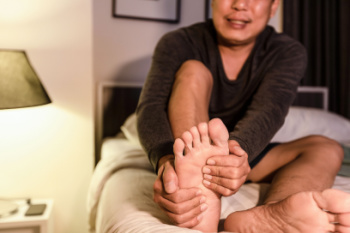
Neuropathy, often silently lurking until later stages of life, can significantly impact foot health. It is a condition characterized by nerve damage, leading to numbness, tingling, and pain in the feet. Causes range from diabetes and infections to injuries and hereditary factors. Neuropathy can manifest in various foot problems, including loss of sensation, burning or shooting pain, and muscle weakness, making simple tasks challenging. Diagnosing neuropathy typically involves a thorough medical history, physical examination, and nerve conduction tests to assess nerve function. Prevention strategies include managing underlying conditions like diabetes, maintaining a healthy lifestyle, and avoiding prolonged pressure or trauma to the feet. While there is no outright cure for neuropathy, treatments focus on symptom management and slowing its progression. This may involve medications and lifestyle modifications. If you are experiencing symptoms of neuropathy in your feet, it is suggested that you consult a podiatrist for a thorough exam and tailored treatment plans.
Neuropathy
Neuropathy can be a potentially serious condition, especially if it is left undiagnosed. If you have any concerns that you may be experiencing nerve loss in your feet, consult with one of our podiatrists from Foot Health Center of Merrimack Valley. Our doctors will assess your condition and provide you with quality foot and ankle treatment for neuropathy.
What Is Neuropathy?
Neuropathy is a condition that leads to damage to the nerves in the body. Peripheral neuropathy, or neuropathy that affects your peripheral nervous system, usually occurs in the feet. Neuropathy can be triggered by a number of different causes. Such causes include diabetes, infections, cancers, disorders, and toxic substances.
Symptoms of Neuropathy Include:
- Numbness
- Sensation loss
- Prickling and tingling sensations
- Throbbing, freezing, burning pains
- Muscle weakness
Those with diabetes are at serious risk due to being unable to feel an ulcer on their feet. Diabetics usually also suffer from poor blood circulation. This can lead to the wound not healing, infections occurring, and the limb may have to be amputated.
Treatment
To treat neuropathy in the foot, podiatrists will first diagnose the cause of the neuropathy. Figuring out the underlying cause of the neuropathy will allow the podiatrist to prescribe the best treatment, whether it be caused by diabetes, toxic substance exposure, infection, etc. If the nerve has not died, then it’s possible that sensation may be able to return to the foot.
Pain medication may be issued for pain. Electrical nerve stimulation can be used to stimulate nerves. If the neuropathy is caused from pressure on the nerves, then surgery may be necessary.
If you have any questions, please feel free to contact one of our offices located in North Andover, and Tewksbury, MA . We offer the newest diagnostic and treatment technologies for all your foot care needs.

